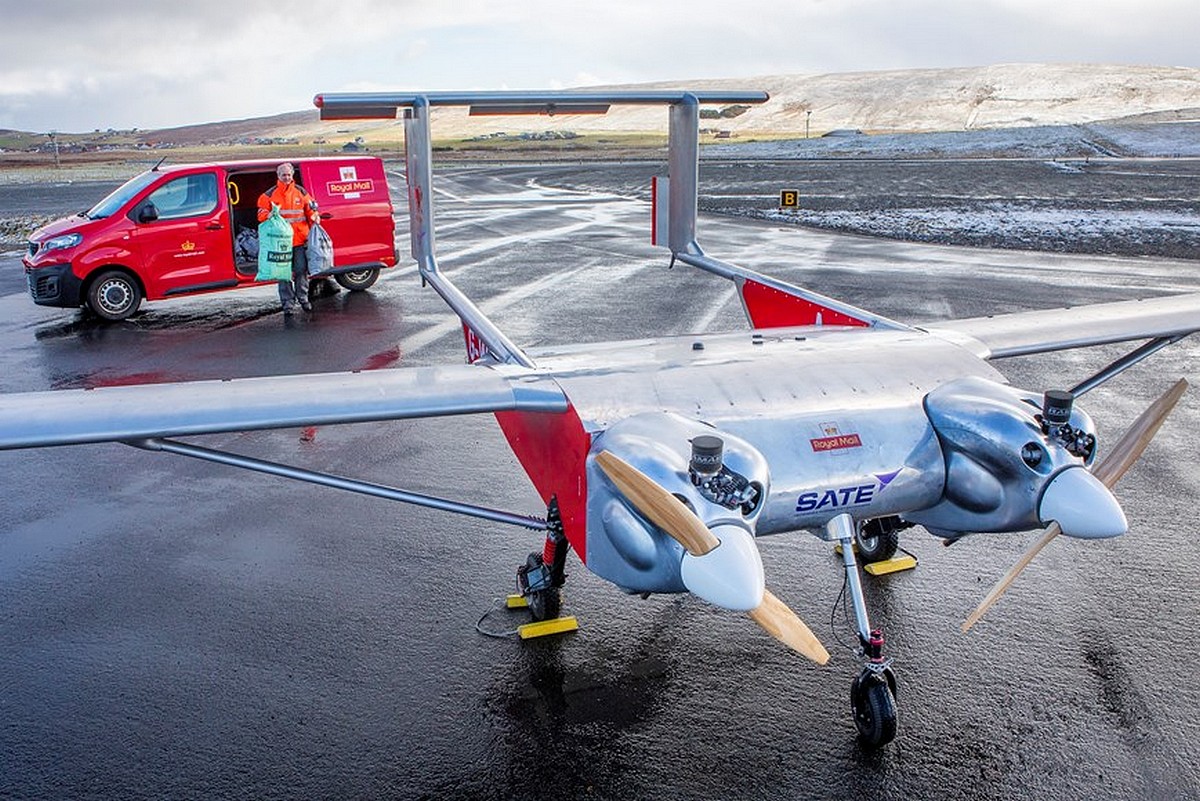This article, written by Stefan Ellerbeck, Senior Writer of Formative Content at the World Economic Forum, has been shared in accordance with the Creative Commons Attribution-NonCommercial-NoDerivatives 4.0 International Public License, and the World Economic Forum’s Terms of Use. The original text was published here on the World Economic Forum website.
-
The UK says its new 265 kilometre drone superhighway will be the world’s biggest.
-
Strict regulations will be put in place to ensure safety and avoid collisions with conventional aircraft.
-
Research suggests the further integration of drones into the UK economy could create more than $50 billion of growth and create over 650,000 jobs.
Drones were first developed for military use, but they’re increasingly being put to work in very different ways. Unmanned aerial vehicles – as they are also known – have been adopted for everything from delivering goods and medicines to monitoring forest fires and providing aerial photography,
Drone flight has been strictly regulated in many parts of the world to prevent collisions with manned aircraft. But the UK is looking to expand drone use by creating what it says will be the world’s biggest “drone superhighway”. This will be a 265 kilometre air corridor that will connect towns and cities in southern and central England
How the drone superhighway will work
Drone operators will have to sign up to use the superhighway, which will operate at an altitude below the UK’s regular flight corridors. It will use ground-based sensors to detect other forms of aviation, so that light aircraft and helicopters can pass through it safely. If drones do somehow get close to aircraft, they could be instructed to change their flightpath or even land.
There are many potential uses for the drone superhighway, aviation technology company Altitude Angel’s chief operating officer Chris Forster told BBC News. “Whether it be a business doing logistics, all the way to the police and medical deliveries of vaccines and blood samples, there’s a real demand to have access to this airspace.”
Building a drone economy
The plan is part of $325 million of measures by the UK to boost aerospace innovations. Proposed schemes include using drone monitoring to make motorways safer, including by spotting hazards to improve journey times.
Delivering mail and medicines to more remote parts of the UK such as the islands off its southwestern tip are also in the planning stages. The government says such projects could create up to 8,800 jobs.
Research commissioned by the government estimates that drones could contribute more than $50 billion to the UK economy by 2030. It also says “an economy that fully adopts drones” could create 650,000 jobs.
“Through funding for the latest in green technology, such as solar and hydrogen-powered aircraft, and setting out our vision for the fast-growing market for commercial drones, we are once again placing the aerospace sector directly at the centre of our plans to deliver jobs and grow the economy,” says UK Business Secretary Kwasi Kwarteng.
What could drones do?
The increased use of drones will have many other benefits too, the UK government says. In the short term, it expects drones to become the industry standard for inspecting buildings, power lines, offshore energy facilities, roads, railways and industrial infrastructure.
In the medium term, it thinks drone shipments of emergency and medical goods will increase, along with wider delivery services to remote areas. Crop-spraying drones for use in agriculture will also proliferate.
And in the longer term, an estimated 900,000 drones could provide essential services to power the economy, improve supply chains and logistics. Passenger air taxis are also predicted to emerge by 2030.
Drones could help reduce CO2 emissions
Fully integrating drones into the economy could reduce the UK’s carbon emissions by up to 2.4 million tons – that’s the equivalent of taking 1.7 million diesel cars off the road, government-funded research says.
These savings would come from reduced use of traditional aircraft and because inspection engineers and emergency workers would no longer need to drive as much to make routine assessments or respond to incidents. A rise in drone deliveries would also reduce conventional road vehicle use.









